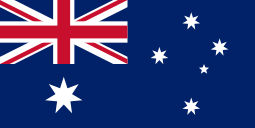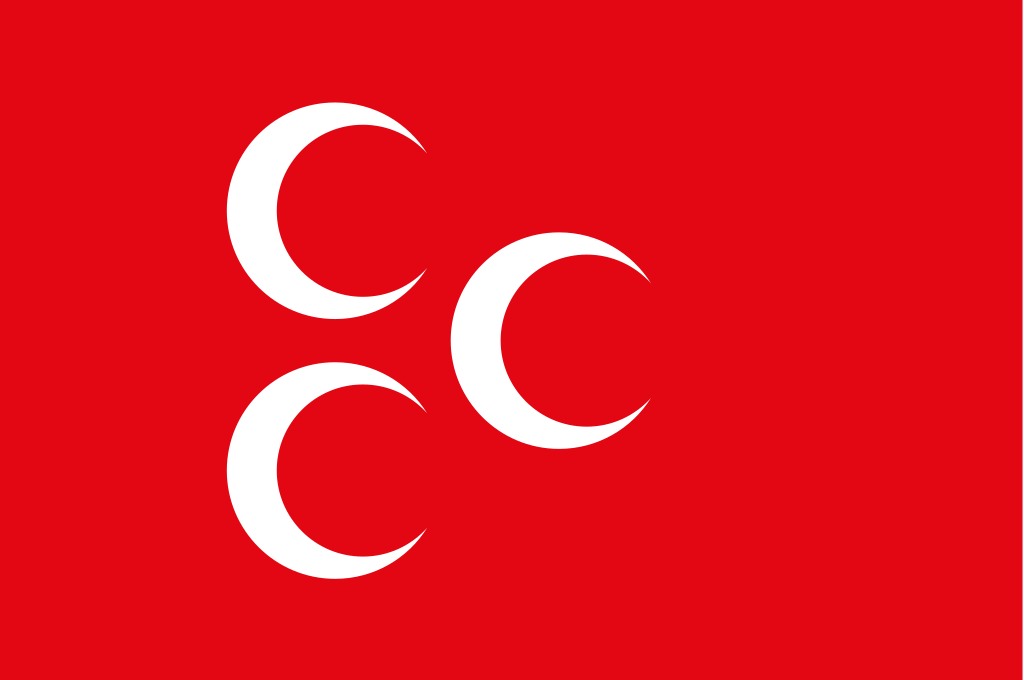- Jul 23, 2018
- 4,441

| OPERATION RUTILE SWEDISH ARMED FORCES DEPARTMENT OF DEFENCE |
OFFICIAL OPERATION ORDER
JANUARY 2000
TOP SECRET
JANUARY 2000
TOP SECRET
Situation Report
Over a period of several months the Swedish Armed Forces Headquarters, following instruction from the Department of Defence, has actively been monitoring the situation in the Middle East particularly involving Turkey, Israel and Palestine but also encompassing that of Saudi Arabia and Congo. The situational report, whilst hostile, has consisted primarily of threats rather than real action however this has changed. The rapidly evolving violence of the Turkish Armed Forces has now began to infringe on democracy, rule of law, human rights and global peace and security thus prompting the requirement for Operation Rutile. Whilst in it's infancy the operation will primarily be surrounding contingency planning and intelligence gathering, it will forever remain the primary operation for a Swedish response in the Middle East should the situation continue to escalate.
Belligerents
 State of Israel State of Israel United States of America United States of America United Kingdom United Kingdom Canada Canada Commonwealth of Australia Commonwealth of Australia | v. |  Republic of Turkey Republic of Turkey |
OR/1/PP/00 - COMPLETE - Primary maintenance tasks, pre-deployment ammunition provision and supply of essential services/assets.
OR/1/TR/00 - COMPLETE - Tactical relocation of assets, designated as part of the Preliminary Intelligence Strategy, to the Mediterranean Sea.
OR/1/TS/00 - COMPLETE - Deployment of transit security assets from the Baltic Task Group to prevent interference with the aforementioned tactical relocation.
OR/2/TR/00 - CANCELLED - Tactical relocation of assets, designated as part of the Ballistic Missile Preparedness, to the Mediterranean Sea.
OR/1/AD/00 - ACTIVE - Coordination with planned and actively deployed assets of the United Coalition via Headquarters in Washington DC, United States.
OR/1/IN/00 - ACTIVE - Monitoring of potential aerial, surface and subsurface threats in the Mediterranean Sea alongside interception of hostile SIGINT.
OR/2/TS/00 - ACTIVE - Preliminary security of intelligence gathering assets in the Mediterranean Sea by means of phase one frigate.
OR/3/TR/00 - CANCELLED - Tactical relocation of aerial assets to RAF Akinori.
OR/4/TR/00 - COMPLETE - Tactical relocation of 1st Carrier Battle Group from Operation Omphacite governance to the Mediterranean Sea.
OR/2/TS/00 - COMPLETE - Deployment of transit security assets (replenishment) from Marion Island Naval Base to support prolonged operations.
OR/5/TR00 - ACTIVE - Recall of deployed assets to homeport or base following conclusion of ongoing operations.
Casualty Report
Nothing to report
Campaign Register
Preliminary Intelligence Strategy (Jan '00 - present)
Ballistic Missile Preparedness
Carrier Battle Group Operations (Feb '00 - present)
Deployment

3rd Naval Warfare Flotilla [Berga NB] Naresuan-Class Frigate 150-2 HSwMS Ekathotsarot [150x] Active Personnel [2x] RHIB Dupuy-de-Lôme Intelligence Vessel 108-1 HSwMS Tyr [108x] Active Personnel X[1x] RHIB X |

Copyright © Swedish Armed Forces, Kingdom of Sweden
All information is subject to the Swedish Document Classification and Security Act 1995
Last edited:


